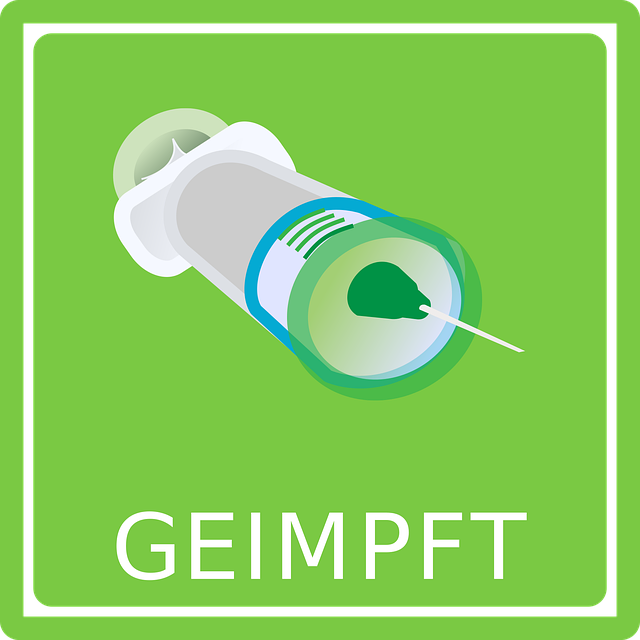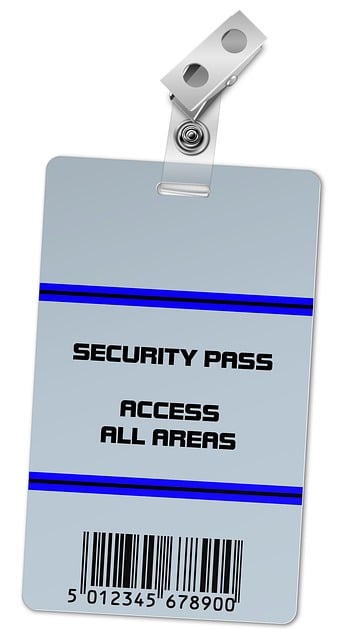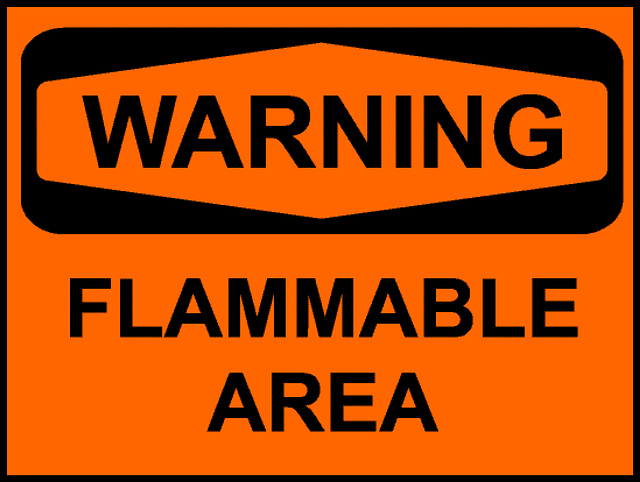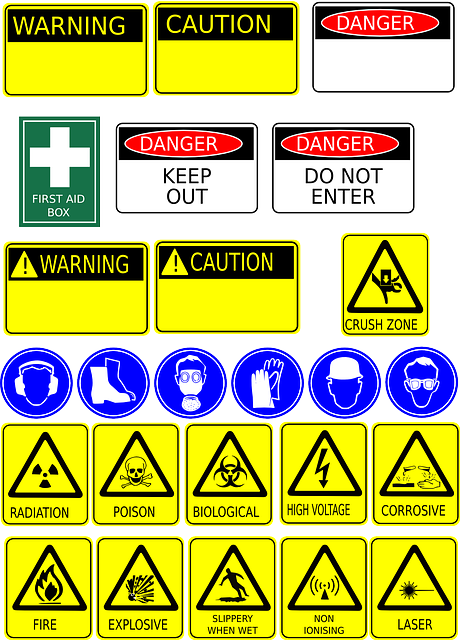In the healthcare sector, patient safety and quality care are paramount. Rigorous background checks for professionals, including verifying credentials, licenses, and disciplinary records, mitigate risks of substandard care. Effective medical license verification ensures professionals maintain competence and adhere to ethical standards. These comprehensive patient safety measures build trust, promote quality treatment, and contribute to a robust healthcare system. Key practices include automated systems, regular updates, strict confidentiality, detailed documentation, and adherence to regulatory standards for an effective healthcare employment screening program.
In the realm of healthcare, ensuring competent care is paramount. Background checks for healthcare professionals, or medical background verification, play a crucial role in upholding patient safety and quality care. This article delves into the key components of healthcare worker credentialing, focusing on effective patient safety checks and best practices for healthcare employment screening. By understanding the importance of medical license verification, we can navigate the complex landscape and foster a robust healthcare system.
- Understanding the Importance of Healthcare Background Screening
- Key Components of Medical Background Verification
- Implementing Effective Patient Safety Checks
- Best Practices for Healthcare Employment Screening
Understanding the Importance of Healthcare Background Screening

In the ever-evolving landscape of healthcare, ensuring patient safety and maintaining the highest standards of care is paramount. Background checks for healthcare professionals, often referred to as healthcare professional screening or medical background verification, play a crucial role in achieving this goal. These comprehensive evaluations go beyond simple employment verification, delving into the educational credentials, licensing, and disciplinary history of healthcare workers. By implementing rigorous healthcare worker credentials checks, institutions can mitigate risks associated with negligent or compromised care, enhancing patient safety checks.
Healthcare employment screening is not just a regulatory requirement but a strategic investment in the organization’s reputation and the well-being of its patients. Medical license verification ensures that healthcare professionals maintain their qualifications and adhere to ethical standards. This meticulous process helps weed out individuals who may pose risks due to past misconduct, poor judgment, or inadequate training. Ultimately, these patient safety measures foster trust, promote quality care, and contribute to a robust healthcare system.
Key Components of Medical Background Verification

Background Checks for Healthcare Professionals are an indispensable part of ensuring patient safety and maintaining high standards in the healthcare industry. Medical background verification involves a comprehensive review of a healthcare worker’s credentials, education, licensing, and employment history. This process is crucial to identify any potential risks or issues that may impact the quality of care provided. By verifying medical licenses, checking for past disciplinary actions, and reviewing training certifications, employers can mitigate risks associated with negligent or incompetent practice.
Effective healthcare professional screening includes verifying insurance coverage, checking references from previous employers, and performing drug screenings. Additionally, a review of the candidate’s medical history to ensure they are in good health and capable of performing the job without posing a risk to themselves or others is essential. These key components help create a robust barrier against incompetent care, ultimately fostering an environment where patients receive the best possible treatment.
Implementing Effective Patient Safety Checks

Implementing robust background checks for healthcare professionals is a cornerstone of ensuring patient safety and maintaining high standards in healthcare delivery. These checks, which include thorough medical background verification, extend beyond simple healthcare worker credentials. They involve rigorous screening processes to uncover any potential risks or red flags associated with an individual’s medical license, professional history, and personal conduct.
Effective patient safety checks encompass verifying the validity of licenses, checking for any disciplinary actions or legal issues, reviewing prior employment records, and even conducting reference checks. This multi-faceted approach allows healthcare institutions to make informed decisions when hiring, thereby mitigating potential hazards that could impact patient care. By prioritizing healthcare employment screening, organizations can foster a culture of trust and accountability, ultimately contributing to improved patient outcomes.
Best Practices for Healthcare Employment Screening

When conducting background checks for healthcare professionals, best practices involve a multi-faceted approach to ensure comprehensive and accurate screening. The process should begin with verifying medical licenses and credentials through official databases, ensuring they are up-to-date and unexpired. Medical background verification should encompass criminal history checks, substance abuse screenings, and mental health evaluations where relevant. This holistic approach to healthcare professional screening is essential for patient safety checks, as it helps identify any potential risks or red flags that could impact the quality of care provided.
Additional best practices include employing automated systems for efficient data collection and processing, regular updates on screening methodologies to keep up with evolving legal requirements, and maintaining strict confidentiality throughout the entire healthcare worker credentials verification process. Thorough documentation of each step is crucial, enabling easy tracking and audit trails should any discrepancies or issues arise. This level of detail ensures a robust healthcare employment screening program that prioritizes both patient safety and adherence to regulatory standards.














